- Need Technical Assistance? paemsconference2025@getvfairs.io
For nearly half a century, PEHSC has worked in conjunction with the Pennsylvania Department of Health to provide accessible and high-quality EMS continuing education. Since 2020, our virtual conferences have been able to reach thousands of EMS providers across Pennsylvania and beyond.
Based on continued overwhelmingly positive feedback, we have decided to once again keep the event virtual.
Although we miss seeing everyone in person, we believe that this format is the best way to keep affordable, high-quality education accessible to as many of Pennsylvania's EMS providers as possible, given the current state of the EMS industry.
We are excited to offer a wide selection of webinars on a variety of relevant topics, presented by both national and local subject matter experts.

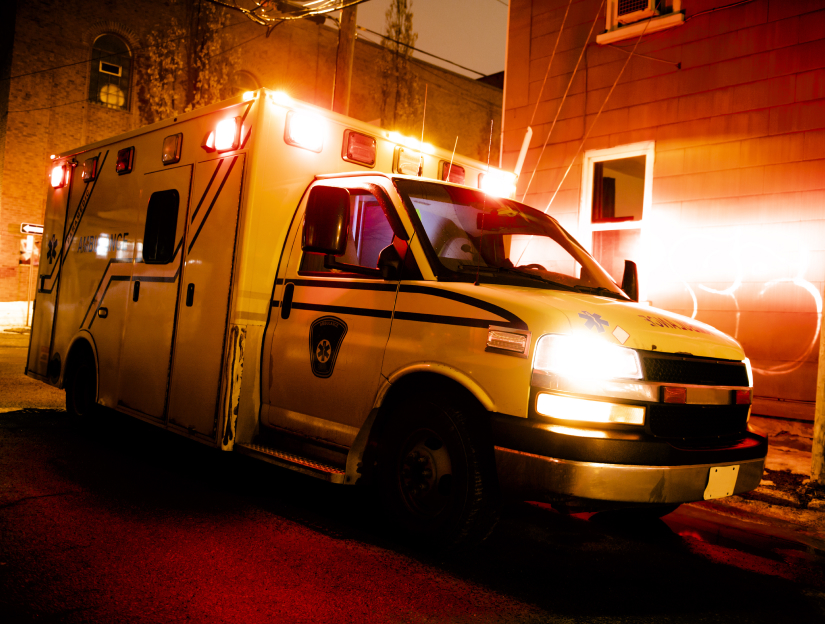
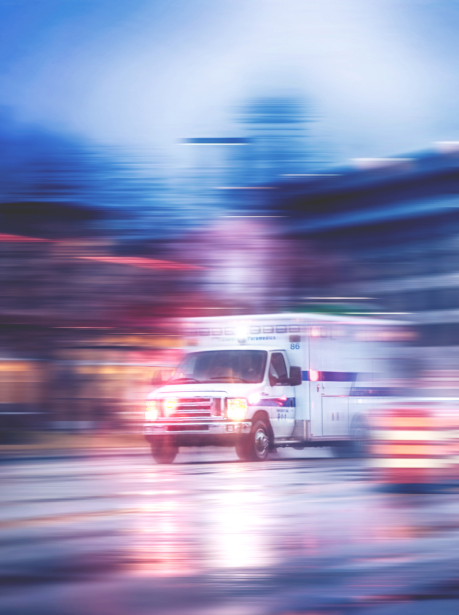
 09/02/2025 09:15
to
09/02/2025 09:15
to
Responding to opioid use disorder (OUD) remains one of the most persistent challenges for EMS. Crews are often called to the same patients multiple times, caught in a cycle of overdose and resuscitation without meaningful linkage to recovery. EMS providers must balance lifesaving interventions with limited time, resources, and opportunities for sustained engagement. This session will present EMS specific strategies for patient engagement, provide updates on emerging hazards and trends in OUD (including the recent impact of alpha-2 agonists such as xylazine and medetomidine), MIH program design, and discuss strategies for turning data into action.
The Montgomery County Overdose Response Team (MCORT) offers a novel approach. As a Mobile Integrated Health (MIH) program, MCORT pairs paramedics from the Department of Public Safety with Certified Recovery Specialists (CRS/CFRS) from Access Services. Together, they co-respond in a specialized vehicle to overdoses and substance-related crises, providing immediate peer support, resource navigation, Narcan distribution, field buprenorphine induction, and harm reduction supplies. By integrating motivational interviewing, proactive community canvassing, and peer-driven engagement, MCORT demonstrates how EMS can break the cycle of repeat encounters and help patients take meaningful steps toward recovery.
 Alvin Wang
Alvin Wang Moria Tumelty
Moria Tumelty Jonathan Serbin
Jonathan Serbin Hailey Davis
Hailey Davis Rebecca Lee
Rebecca Lee 09/02/2025 10:30
to
09/02/2025 10:30
to
This session aims to broaden EMS providers knowledge for out-of-hospital OB/GYN emergencies. Participants will learn to accurately document OB/GYN histories and recognize key signs and symptoms of obstetric emergencies such as eclampsia, shoulder dystocia, prolapsed cord, trauma in pregnancy, and ectopic pregnancy. The session will also address gynecologic emergencies, including ovarian torsion, vaginal bleeding, and violence against women. Additionally, attendees will gain an understanding of the indications for TXA, oxytocin, and blood products in postpartum hemorrhage, as well as the concept of alloimmunization and its relevance to transfusion decisions.
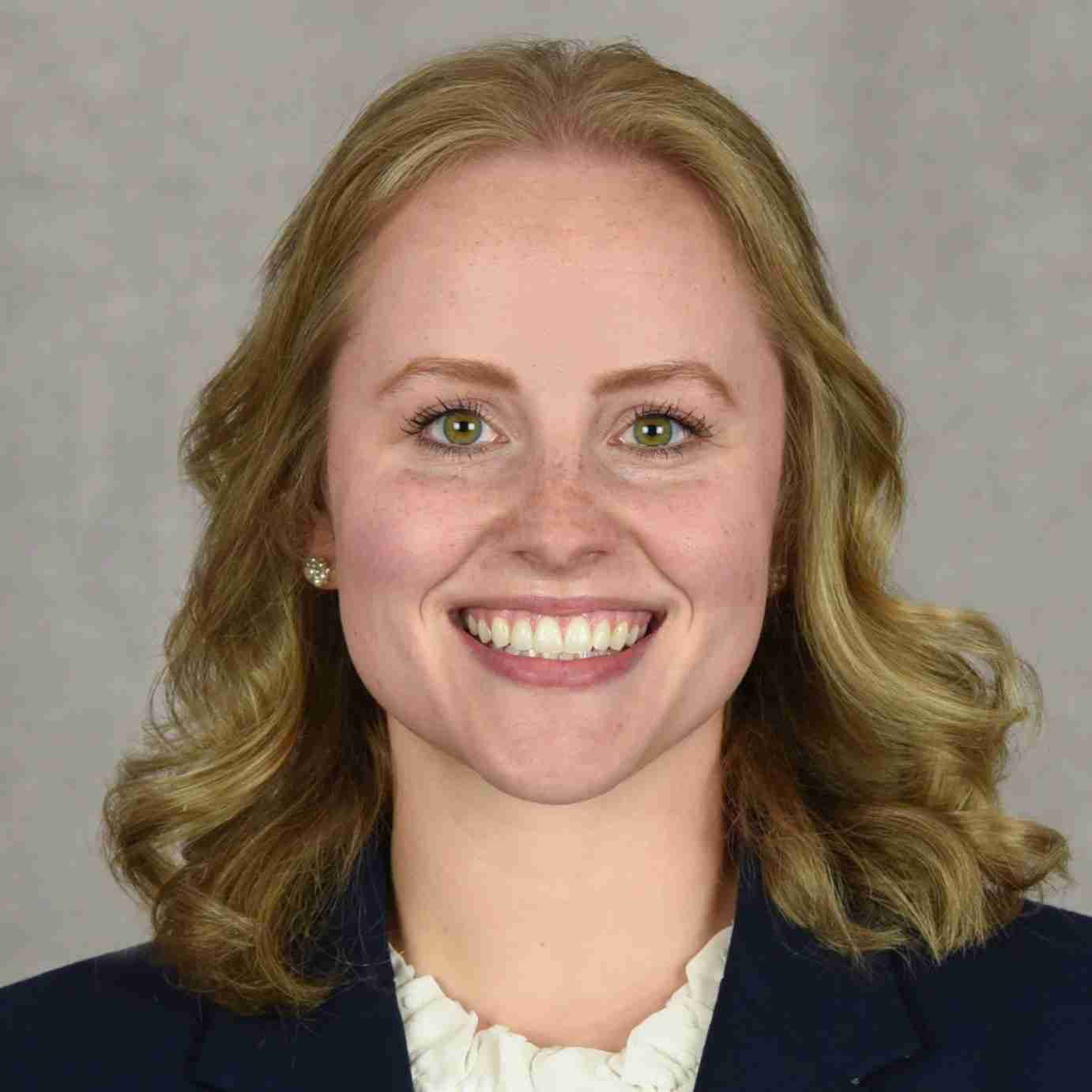 Cassandra Crouse
Cassandra Crouse 09/02/2025 13:00
to
09/02/2025 13:00
to
In today’s high-demand EMS landscape, driving safety is a critical component of operational excellence. This session explores how the Drive Cam Program is transforming the way EMS professionals approach vehicle operation—not as a system of discipline, but as a platform for growth, self-reflection, and proactive correction. For staff and drivers, Drive Cam empowers individuals to review their own driving behavior, spot unsafe habits, and make meaningful changes without direct managerial correction—unless actions are repeated or of high severity. This supports a culture of ownership and continuous learning, allowing staff to recognize and address potential issues before they escalate. By observing near misses and behavior trends, we help prevent accidents before they happen. For leadership, the program provides a fair, consistent method for evaluating driving practices, supporting employee development, and using objective video data during performance reviews and investigations. This year, we’ve learned that data from the program can reveal not just individual concerns but system-wide patterns—informing improvements in training, route planning, and even policy development. We've adjusted our coaching strategies, streamlined our follow-up processes, and implemented more supportive feedback systems—all driven by insights gained from Drive Cam footage. Join us to explore how recognizing, observing, and correcting behavior leads to a safer, more efficient EMS team. You'll leave with practical strategies for using Drive Cam not just to monitor performance, but to improve it—while fostering a team culture rooted in safety, accountability, and respect.In today’s high-demand EMS landscape, driving safety is a critical component of operational excellence. This session explores how the Drive Cam Program is transforming the way EMS professionals approach vehicle operation—not as a system of discipline, but as a platform for growth, self-reflection, and proactive correction.
 Dawn Ray
Dawn Ray 09/02/2025 14:15
to
09/02/2025 14:15
to
The majority of patients that prehospital providers encounter are able to, and do, consent to evaluation and treatment by EMS, and transport to definitive care. Other patients will refuse some combination of such evaluation, treatment, and transport, and will be able to do so with an understanding and acceptance of the risks of doing so. But what about those who are not able to either consent to, or adequately refuse, prehospital care? Patients who are not able to consent to treatment, such as those with altered mental status or who otherwise lack the capacity to do so, present a significant social, ethical, and medical challenge for prehospital providers, and, increasingly, present a legal risk in the form of battery or malpractice accusations. This session will review the basics of patient autonomy and consent, and provide a general overview of the law in Pennsylvania as it applies to prehospital providers. We will also review recent court cases from around the country that have touched on prehospital consent issues.
 David Goroff
David Goroff 09/02/2025 15:30
to
09/02/2025 15:30
to
This presentation delves into the EMS Compact, a groundbreaking advancement that revolutionizes interstate licensure for EMS providers. It enables nearly 400,000 EMS professionals in the U.S. to practice in multiple states with a single Home State license. The session explores the history, structure, and purpose of the EMS Compact, highlighting its role as both state law and a multi-state agreement. Attendees will learn how interstate licensure compacts operate and how the EMS Compact can address workforce recruitment and retention challenges. The presentation also examines the compact's implications on state licensure requirements, local credentialing processes, and the regulatory landscape, enhancing EMS provider mobility while maintaining high standards. Insights into the practical and legal aspects of the EMS Compact will be provided, elucidating its significance for agency leaders, educators, and EMS professionals.
 Donnie Woodyard
Donnie Woodyard 09/03/2025 08:00
to
09/03/2025 08:00
to
This interactive session will explore the complexities of managing the difficult airway in the prehospital environment, with a focus on practical strategies, real-world scenarios, and teamwork under pressure. Drawing from both EMS field experience and emergency department practice, the presenter will highlight key decision-making principles, tools, and techniques that can improve patient outcomes in high-stakes airway situations. Attendees will also review relevant Pennsylvania EMS protocols related to airway management, with discussion on how to apply them effectively in challenging cases. Emphasis will be placed on integrating protocol knowledge with clinical judgment, optimizing team communication, and recognizing when to pivot strategies.
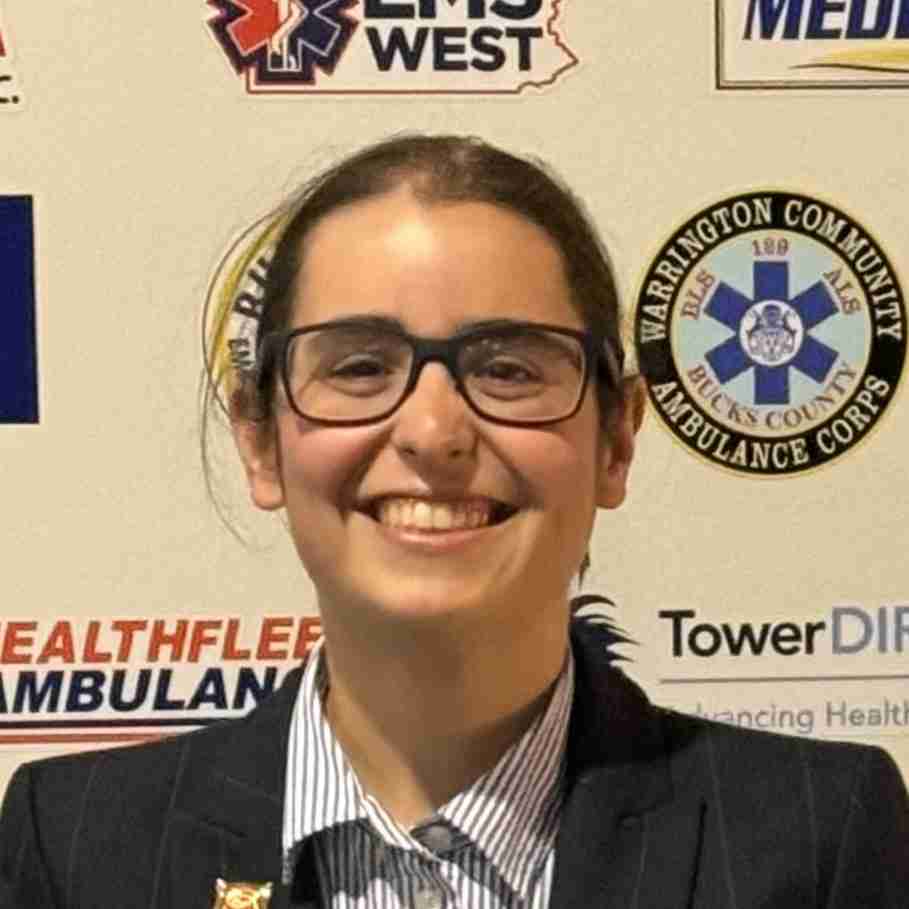 Lily Roth
Lily Roth 09/03/2025 10:15
to
09/03/2025 10:15
to
Angioedema presents a unique and often anxiety-inducing challenge in the prehospital and emergency setting due to its potential for rapid airway compromise. However, not all cases warrant aggressive intervention. This presentation explores the diverse etiologies of angioedema—ranging from mast cell-mediated to bradykinin-mediated forms—and examines how their distinct pathophysiologies impact clinical presentation and management. Attendees will learn to distinguish between allergic and non-allergic causes, recognize red flags that indicate high-risk airway involvement, and identify scenarios where watchful waiting may be more appropriate than immediate intervention. We’ll also review current evidence-based prehospital treatment strategies, including when epinephrine is—and isn’t—effective. By the end of the session, EMS providers will gain a nuanced approach to angioedema care that prioritizes both patient safety and resource stewardship. Let’s separate the true emergencies from the overreactions
 Avram Flamm
Avram Flamm 09/03/2025 13:00
to
09/03/2025 13:00
to
Objectives:
 Brian Risavi
Brian Risavi 09/03/2025 14:15
to
09/03/2025 14:15
to
We as instructors teach EMS in nice defined sections, Heart issues, airway problems, stoke, to name a few. It seems as we are quite adept at assessing and treating these things when they occur separately. But what happens when the 66 year old asthma patient also has a history of COPD, heart failure and non-Hodgkin’s lymphoma??
Join EMS author and presenter Paul Werfel in this new and insightful look into the patients we are seeing today where more complex issues, medications, assessment and treatments are the order of the day.
 Paul Werfel
Paul Werfel 09/03/2025 16:00
to
09/03/2025 16:00
to
Pediatric patients are often a source of concern for EMS providers when the child is dealing with what many would categorize as a routine emergency. However, when a child is already medically fragile and requires the use of additional medical devices, this becomes significantly more complicated. Beyond the medical care needs, there is also a need to integrate equipment that EMS providers are not comfortable with, and concerns that parents/caregivers will have when dealing with medical providers.
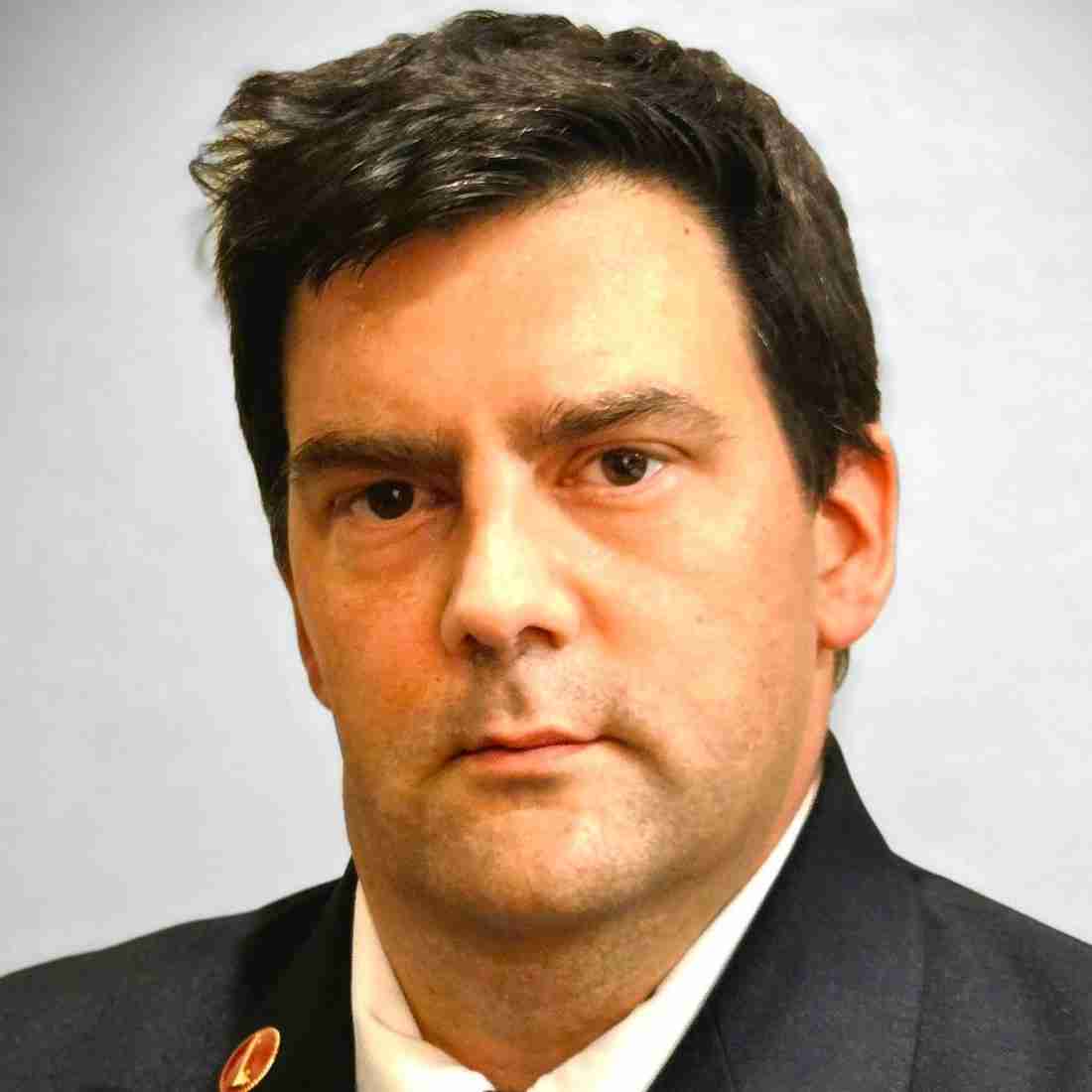 Mark Ford
Mark Ford 09/04/2025 08:00
to
09/04/2025 08:00
to
Every day, EMS clinicians encounter dialysis patients. Arguably, dialysis patients may be some of the sickest we encounter, based upon their underlying physiology, chronic disease state, and fragile vasculature. Join me as we explore the underlying causes of dialysis, how the dialyzation process works, and the most common medical emergencies that occur in the dialysis patient!
 Jonathon Jenkins
Jonathon Jenkins 09/04/2025 09:15
to
09/04/2025 09:15
to
Description: With the Baby-Boomers, single largest population group of people, getting older and beginning to retire, this topic becomes more timely and applicable. Participants will be taken through the normal physiologic changes that occur with the aging process and then relate that to how it affects the traumatically injured victim. Participants will be given the information to help determine the underlying sequence of whether or not it was a medical patient first and then a trauma patient or vice versa. Objectives: Upon completion of this continuing education session the student will be able to; Discuss the epidemiology for trauma in older people. Discuss the assessment findings in older patients with traumatic injuries. Describe management and transport of the older trauma victim. Discuss the risk factors that make older people prone to falls. Discuss essential components of assessing a fall. Identify strategies used for prevention of falls.
 David Sanko
David Sanko 09/04/2025 11:00
to
09/04/2025 11:00
to
We will explore the current model of EMS, which refuses to acknowledge field diagnoses as diagnoses and requires EMS providers to get a signed refusal of service even when all parties involved believe transportation to a hospital emergency department is not necessary. We will look at novel ways a 911 call for service can be dispositioned, including EMS initiated non-transport, stabilizing care with follow up resources provided at the point of care, alternative vehicle response, nurse triage, and the obstacles to this model of EMS.
 R. Daniel Bledsoe
R. Daniel Bledsoe 09/04/2025 13:00
to
09/04/2025 13:00
to
Transport care of patients with Infectious Diseases: How to Protect Yourself and Everyone Else Will discuss practical and meaningful tips for obvious recognition of and how to safely transport Patient’s with Flu, COVID, RSV, C Diff, Meningitis, Ebola, Measles (or any other ID you’d like to specifically address). Will also address some basic disinfection tips that would be prudent / applicable.
 Mollie Lauck
Mollie Lauck 09/04/2025 14:15
to
09/04/2025 14:15
to
This presentation takes a deep dive into the prehospital assessment & management of hemorrhagic shock and its underlying causes. A.J. will review the areas of a trauma patient where a large volume of blood can “hide” (unnoticed) and exsanguinate a patient. Injuries to be covered include flail chest, pneumothorax, femur fractures, and pelvic fractures.
Cases will be presented along with several dramatic cadaver videos that will give attendees an unprecedented “inside” look at the human body and its remarkable (and dangerous) capability to lose (and hide) blood and cause patients to die needlessly. Attendees will learn key assessment and treatment tips to help them defeat the Grim Reaper of Shock.
 A.J. Heightman
A.J. Heightman 09/04/2025 16:00
to
09/04/2025 16:00
to
Join Anthony Martin, Director of the Pennsylvania Department of Health’s Bureau of EMS, for an in-depth update on the current state of EMS in the Commonwealth. This session will provide key insights into recent developments, ongoing challenges, and new initiatives shaping the future of Pennsylvania’s EMS system. Attendees will gain a clear understanding of statewide priorities and upcoming efforts designed to strengthen emergency medical services across the region.
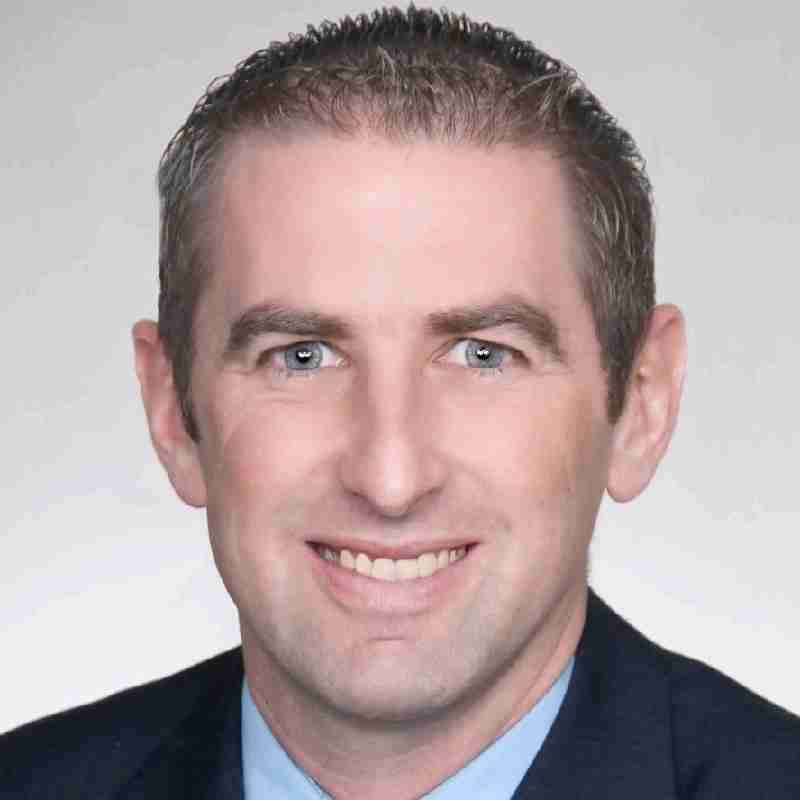 Anthony Martin
Anthony Martin 09/05/2025 08:00
to
09/05/2025 08:00
to
As advanced practice providers, we are expected to be able to discern dangerous rhythms on the ECG—such as the dreaded ST-segment elevation myocardial infarction. Yet, there are a multitude of rhythms that mimic this feared arrhythmia, which are often mistaken for an acute myocardial infarction on the 12-lead ECG. This leads to inappropriate activation of cardiac catheterization lab personnel, as well as inappropriate treatment of patients. This presentation will discuss six commonly misinterpreted STEMI mimics encountered by EMS professionals, and help you distinguish between what is real and what is fantasy.
 Chris Ebright
Chris Ebright 09/05/2025 10:00
to
09/05/2025 10:00
to
Foreign bodies go in ...but don’t always come out the way we hope. This fast-paced session dives into the high-stakes world of pediatric foreign body ingestion, insertion, and aspiration, from coins and magnets to button batteries and even Rapunzel Syndrome. Learn to spot subtle signs, escalate care when seconds matter, and avoid the pitfalls of missed or delayed diagnosis. With real-world cases, practical tips, and a dose of “you can’t make this up,” this session will sharpen your response when kids sip, swallow, stuff, or sputter their way into your care.
 Joyce Foresman-Capuzzi
Joyce Foresman-Capuzzi 09/05/2025 11:15
to
09/05/2025 11:15
to
Great peer support programs are successful without the team knowing they are happening. It shouldn’t be uncomfortable or awkward. This program will look at some of the common failures of Peer support programs and explore new ideas to overcome the common obstacles. The lecture will also address how to reach members from different generations successfully and how you can identify if the program is truly working.
This course will share lessons learned from Peer Support programs and offer an opportunity to support attendees with their questions about peer support. The program will discuss the nuances of different communication styles of various demographics. Strategies for overcoming organizational resistance, stigma, "bad apples", inadequate funding, and other roadblocks will be discussed.
Objectives:
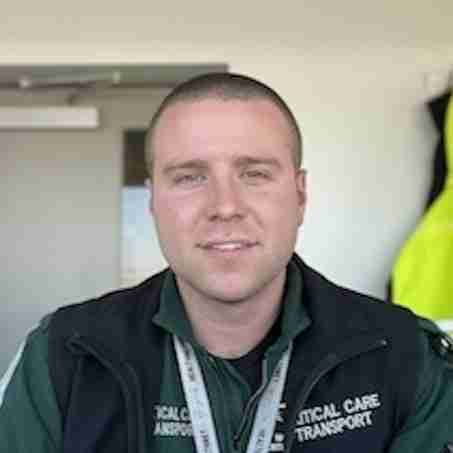 Nick Carson
Nick Carson 09/05/2025 13:00
to
09/05/2025 13:00
to
Join us for a dynamic panel discussion featuring experienced EMS medical directors from across Pennsylvania. They’ll share their expertise, insights, and answer YOUR questions on the most pressing issues in EMS today
Identify current challenges and emerging trends in EMS practice and administration across Pennsylvania.
Apply medical directors’ insights to improve decision-making and problem-solving in prehospital care.
Evaluate practical strategies for addressing provider questions on clinical, operational, and regulatory issues in EMS.
 Alvin Wang
Alvin Wang R. Daniel Bledsoe
R. Daniel Bledsoe Gerald Wydro
Gerald Wydro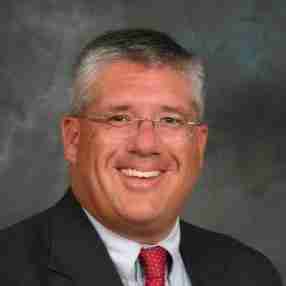 Michael Reihart
Michael Reihart 09/05/2025 14:45
to
09/05/2025 14:45
to
This course covers the varying components of preparing for an event from EMS perspective. It covers goals, staff roles, phases of planning and logistics.
 Gary Vinnacombe
Gary VinnacombeChief Medical Officer/Regional EMS Medical Director
Montgomery County Department of Public Safety